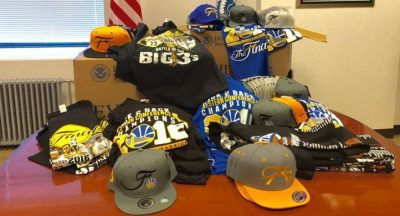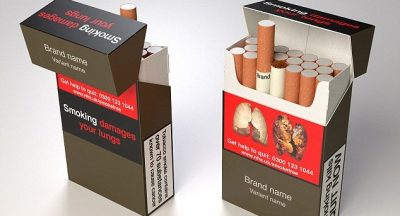Spotting Fakes
From drugs to gadgets, the share of counterfeits in global trade, according to an OECD estimate, stands at 7-10%. The implications worsen with currency counterfeiting. However, fighting fakes has never been easy; the technology behind the spurious has often caught up with, and sometimes even outpaced, that of the authentic. But with non-cloneable identification (nCID), the trend may yet reverse. A Pune-based company, Bilcare, has developed nano-microparticles-enabled authentication that could nail even the best fakes—minuscule amounts of such particles of metal are embedded on an nCID chip on the packaging of a product. Under a magneto-optic sensor, the nCID chip generates a non-reproducible, digitised image unique to the packed unit—‘non-reproducible’ meaning that even the manufacturer of the chip can’t make a copy. The image can then be transmitted through mobile or internet gateways, and the manufacturing site, date and other particulars of the packed unit can be verified. Thus, even the closest lookalike would fail the magneto-optic test.
http://www.financialexpress.com/news/spotting-fakes/1233281?rhheader
Related Posts
Countering Hawaii’s illegal counterfeit trade – Honolulu
Deforest Buckner just joined the NFL, but he's already in another group: athletes...
Plain Packaging risk creating a prefect storm for smugglers and terror group
In 2009 I witnessed a massive illegal cigarette haul. 120 million cigarettes,...
MI5 fights IRA smugglers
MI5, the British intelligence service, is cracking down on a global...
Lebanese counterfeiters arrested
Lebanese authorities have arrested a gang who forged Lebanese and Arab government...





